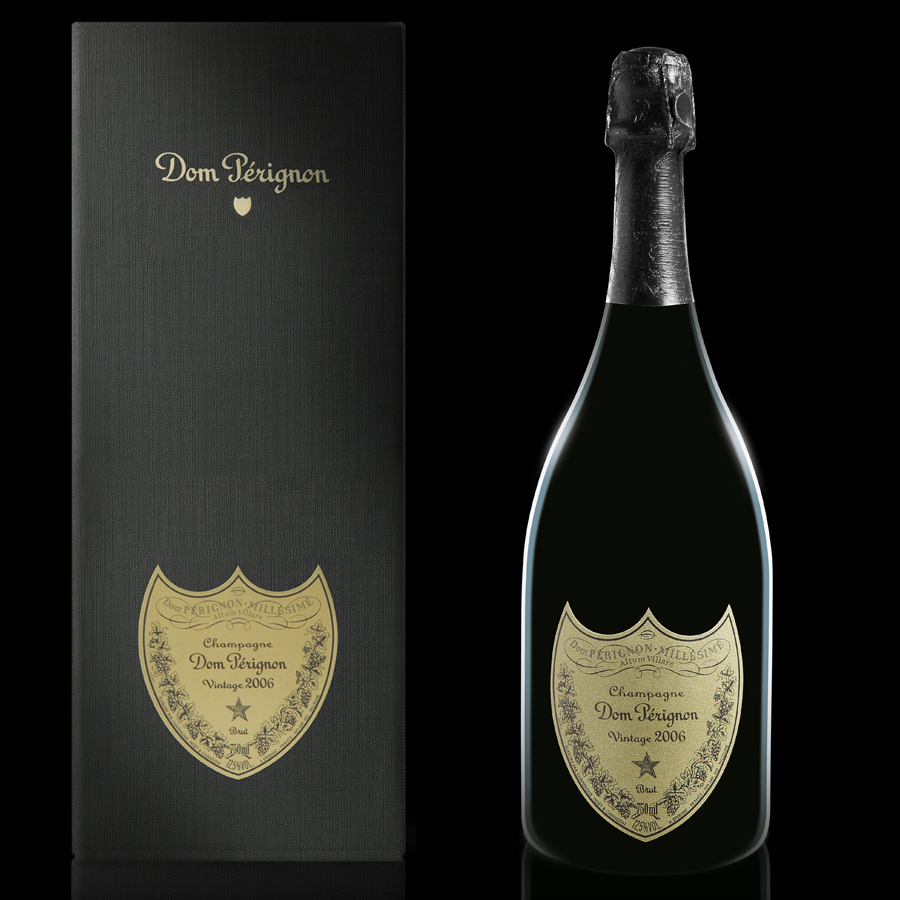 The release of the 2006 marks the first time in the grand cuvée’s nearly-90 year history that five consecutive vintages have been made.
The release of the 2006 marks the first time in the grand cuvée’s nearly-90 year history that five consecutive vintages have been made.
Richard Geoffroy, Chef de Cave says –
“I am a lucky man! The first decade of the new millenium has been prodigious for Dom Pérignon. I feel it might attain the golden eras of the 1920’s or 1960’s. This is why I am blessed to introduce Dom Pérignon Vintage 2006. The ambition of Dom Pérignon has always been to witness the vintages in Champagne. The reward of our commitment and dedication to the vintage is to be able to celebrate the release of our fifth vintage in a row, for the first time in the history of Dom Pérignon.
Out of these five vintages, four have been harvested at a stage of intense ripeness. Such frequency has never been seen in 300 years of Champagne harvests… yet each of these Vintages is unique. It is almost impossible to characterize full ripeness, as it can stem from a variety of weather conditions. I observed that there are two ways for the associated richness to express itself in the wine: either solemn, such as 2003 or 2005; or generous, such as 2002 or 2006.”
Dom Pérignon 2006 is best typified by its superlative generosity: a pure, airy and bright bouquet on the nose; a distinctive opulence, contained and succulent, on the palate. In essence, a luminous and glorious Champagne.





